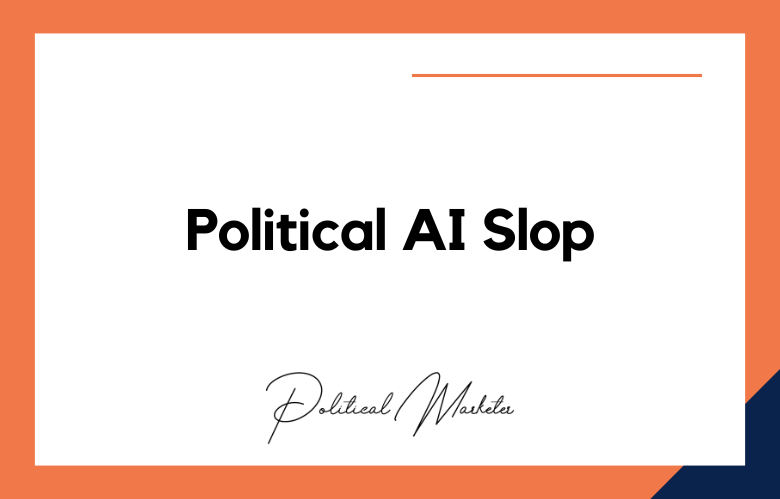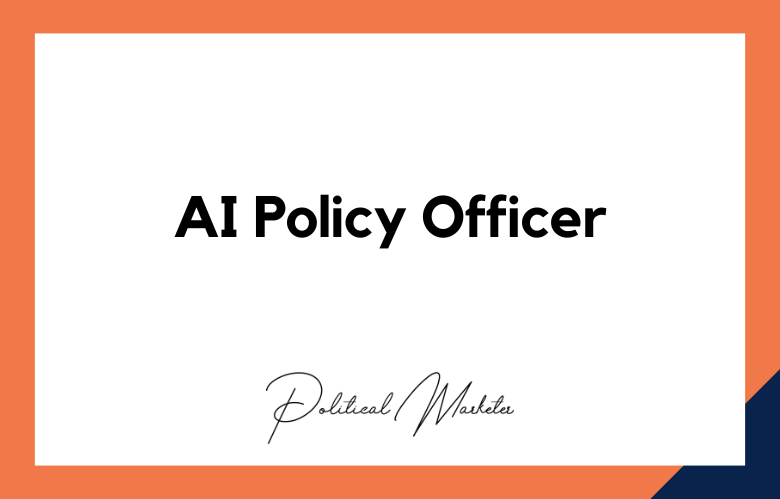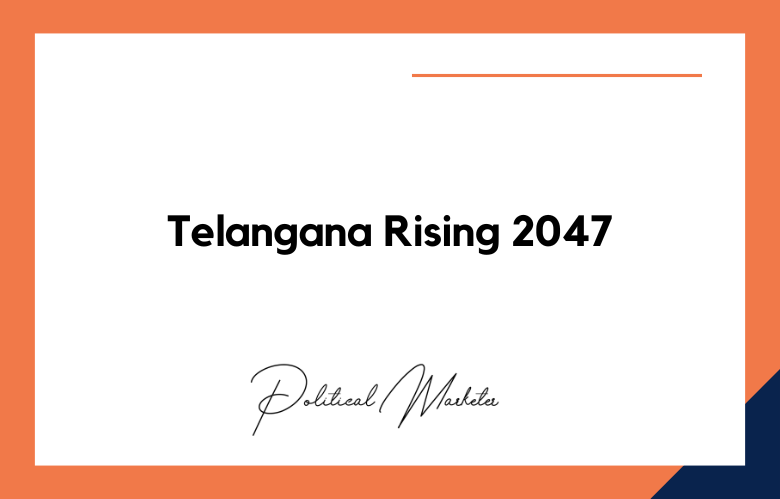In today’s world, being an accomplished political leader is not enough. The importance of effective communication and public relations cannot be stressed enough. Political leaders who understand the importance of communication and public relations are better equipped to reach out to their constituents, communicate their vision, and garner support. We will discuss effective public relations strategies to help political leaders connect with their constituencies.
Best Public Relations Strategies for Political Leaders
Develop a Strong Brand Identity
Political leaders can create a strong brand identity by crafting a unique and memorable message that resonates with their audiences. A well-defined brand identity enables political leaders to communicate their core values to constituents, attract new supporters, and deepen relationships with existing ones. Leaders can create a strong brand identity by developing a compelling slogan, crafting a memorable logo, and establishing key messaging platforms.
Utilize Social Media
In today’s digital age, social media is an indispensable tool for political leaders to connect with their followers. By carefully crafting their social media presence, leaders can establish a positive image in the minds of their constituents, foster engagement, and even inspire action. Platforms like Twitter, Facebook, and Instagram are great options for engaging, sharing news and events, and promoting policy initiatives.
Engage with the Media
Political leaders must master media engagement to communicate their message effectively effectively. Leaders can secure media coverage by developing relationships with journalists to reach a broad audience.
Leaders should also engage proactively and be proactive in sharing relevant information. Engaging with journalists allows political leaders to reach more people and helps them build their brand reputation as transparent and approachable leaders.
Utilize Grassroots Campaigns
Grassroots campaigns are a practical and cost-effective way for political leaders to increase visibility, engage with constituents, and build a solid following. Leaders should seek out supporters who share their political views and leverage their energy to help spread their message. By organizing rallies, marches, and other events, leaders can attract media attention, gather more supporters, and build a strong momentum that can lead to victory.
Focus on Personal Connection
People want to feel that their elected leaders understand and care about their issues. Political leaders should make a concerted effort to connect personally with their constituency. Organizing regular town hall meetings, attending local events, and providing high-quality constituent services are examples that will help leaders build rapport with their constituents.
Mastering the Art of Persuasion: Public Relations Strategies for Political Leaders
As political leaders, persuading people is crucial in winning elections and gaining public support. This skill, commonly known as the art of persuasion, is mastered through well-crafted public relations strategies.
One effective strategy is understanding the audience and crafting messages that resonate with their values and interests. This requires research and analysis of the political landscape, including demographic data, social trends, and public sentiment. Political leaders can build trust and credibility with their audience by tailoring messages to specific groups.
Behind the Scenes: Unveiling the Secrets of Effective Political PR
Effective political PR has always been an art, and those who master it can significantly impact public opinion and even influence election outcomes. However, the mechanics behind successful political PR are not widely known, as political operatives keep their methods tightly guarded. Understanding the strategies that underpin effective political PR requires unprecedented access to insider information.
One key component of successful political PR is framing, which involves shaping the way anhowis presented to the public. Political operatives rely on carefully crafted messaging to elicit emotional responses, often using language that evokes strong emotions such as fear, hope, anger, and excitement. For instance, during election cycles, political campaigns activate a process of image construction, creating a strategic image that will be charming to a specific demographic.
From Speeches to Social Media: Building an Effective PR Campaign for Political Leaders
In today’s digital age, political leaders face the challenge of reaching a broader and more diverse audience, and creating an effective public relations (PR) campaign has never been more critical. The key to building a successful PR campaign for any political leader is to leverage various communication channels, including speeches and social media, to convey their message to the public.
Speeches have long been a staple for political leaders to engage their audience and assert their positions on various issues. The use ofEffectiveand delivery can sway public opinion in favor of a politician.
However, the traditional approach of crafting and delivering a speech in front of a crowd can limit reach and accessibility. This is why it’s essential to make speeches available on digital platforms, such as YouTube and social media, where millions of people can easily share and view them.
Unlocking Success: Key Tactics for Effective Public Relations in Politics
Effective public relations play a crucial role in political leaders’ and governments’ image and success. In today’s fast-paced and ever-changing political landscape, employing key tactics for effective public relations in politics is more important than ever.
One crucial tactic is to maintain a solid and consistent message across all channels of communication. Leaders should communicate their vision, goals, and values clearly and consistently through speeches, social media posts, and other communication channels. This helps build a solid public image and ensures the public is fully aware of the leader’s policies and priorities.
Navigating the News Cycle: PR Strategies for Political Leaders
Understand the Media Landscape
Understanding the media landscape is one of the first steps in navigating the news cycle as a political leader. This includes knowing which outlets have a more extensive reach and influence and their political leanings and biases. By understanding the media landscape, you can better tailor your PR strategies to reach your target audience effectively.
Develop a Strong Message
A solid and consistent message is crucial in any PR strategy for political leaders. Your message should be clear, concise, and aligned with your values and policies. It should also resonate with your target audience and be able to withstand scrutiny from the media.
Utilize Social Media
Social media has become essential for political leaders to communicate directly with their constituents without relying on traditional media outlets. Utilizing social media platforms such as Twitter, Facebook, and Instagram can help you quickly disseminate information and engage with your followers.
Be Responsive to Inquiries
In today’s fast-paced news cycle, political leaders must respond to inquiries from journalists and reporters. You can promptly respond to inquiries and control the narrative surrounding any potential controversies or issues.
Monitor Public Opinion
Monitoring public opinion through polls and surveys can provide valuable insights into how the public perceives your actions or policies. This information can help guide your PR strategies and allow you to make necessary adjustments.
Be Transparent
Transparency is critical in building trust with the public as a political leader. When faced with criticism or negative press, addressing it openly and honestly rather than avoiding or deflecting questions is essential.
Partner with Influencers
Partnering with influencers who align with your values and policies can help amplify your message and reach new audiences. These influencers can include celebrities, community leaders, or social media personalities.
Use Visuals
Incorporating visuals such as photos or videos into your PR strategies can make your message more engaging and memorable. This is especially important in today’s digital age, where attention spans are shorter.
Be Proactive
Proactively communicating with the media and public can help you control the narrative and avoid being caught off guard by negative press. This can include issuing press releases, holding press conferences, or conducting interviews.
Seek Professional Help
Navigating the news cycle as a political leader can be challenging, and seeking professional help from a PR firm or consultant may be beneficial. They can provide valuable insights and expertise on effectively managing your image and messaging in the public eye.
Conclusion:
Effective public relations are critical to a political leader’s success, and the strategies outlined above can help leaders connect with their constituents, build their brand reputation, and inspire action. By developing a solid brand identity, leveraging social media, engaging with the media, utilizing grassroots campaigns, and creating a personal connection, political leaders can effectively communicate their message to the world and successfully lead their communities.
Call: +91 9848321284
Email: [email protected]
Frequently Asked Questions (FAQs)
What is public relations in the context of political leadership?
Public relations (PR) for political leaders involves managing communication between the leader and the public to shape perception, build credibility, and foster trust.
Why is public relations important for political leaders?
PR helps leaders manage public opinion, handle crises, maintain a positive image, and effectively communicate policies, achievements, and intentions to diverse audiences.
What are the core components of an effective political PR strategy?
Key elements include message consistency, media engagement, crisis communication, stakeholder management, community outreach, and digital reputation monitoring.
How do political leaders build a positive public image?
By being authentic, transparent, responsive, and aligning messaging with the values and concerns of their constituents through strategic storytelling and engagement.
What is the role of media in political PR?
Traditional and digital media act as channels to disseminate messages, manage narratives, address misinformation, and amplify a leader’s visibility and reputation.
How can political PR handle negative press or scandals?
By proactively addressing issues, acknowledging public concern, presenting facts clearly, and executing a recovery plan that demonstrates accountability and improvement.
What is the difference between PR and propaganda in politics?
PR is rooted in ethical communication and truth-based reputation building, whereas propaganda often involves manipulation, misinformation, or biased messaging.
How do political leaders use social media for PR?
Leaders use platforms like Twitter, Facebook, and YouTube to share updates, engage with the public, correct narratives, and build direct relationships with followers.
What is the importance of crisis communication in political PR?
It enables leaders to maintain control of the narrative, respond swiftly, and reassure the public during emergencies, controversies, or opposition attacks.
How can PR enhance voter trust in political leaders?
Transparent communication, consistent engagement, listening to concerns, and acting on promises help establish a trustworthy image over time.
Can PR be used to repair a damaged political reputation?
Yes, through targeted campaigns, public apologies, rebranding efforts, and community outreach, PR can restore credibility and reconnect with disillusioned voters.
What role do PR advisors or consultants play for politicians?
They develop communication strategies, craft messages, prepare media responses, conduct public perception audits, and coordinate with media outlets.
How important is timing in political PR messaging?
Extremely important. Timely messaging can leverage momentum, address issues before escalation, and capitalize on public sentiment during key political events.
What are some tools used in political PR strategy?
Press releases, op-eds, interviews, town halls, newsletters, influencer partnerships, and digital tools like media monitoring and sentiment analysis.
How do political leaders manage PR during elections?
Through campaign communication plans, spokesperson training, media appearances, opposition response strategies, and voter outreach through multiple channels.
What are examples of successful political PR campaigns?
Obama’s “Hope and Change,” Modi’s “Digital India,” and Jacinda Ardern’s COVID-19 communication strategy are all cited for effective PR execution and relatability.
How do cultural sensitivities influence political PR?
Understanding regional customs, religious sentiments, and local language nuances is vital to prevent backlash and create respectful, resonant messaging.
Is transparency always beneficial in political PR?
Yes, transparency fosters trust and accountability, but it must be balanced with strategic discretion to avoid misinformation or unnecessary controversies.
How can PR strengthen grassroots political movements?
By amplifying local voices, showcasing real stories, building media coverage, and connecting grassroots actions to larger political narratives.
What is the future of political public relations?
Expect greater use of AI-driven sentiment tracking, personalized content strategies, influencer-led narratives, and integrated cross-platform storytelling.










